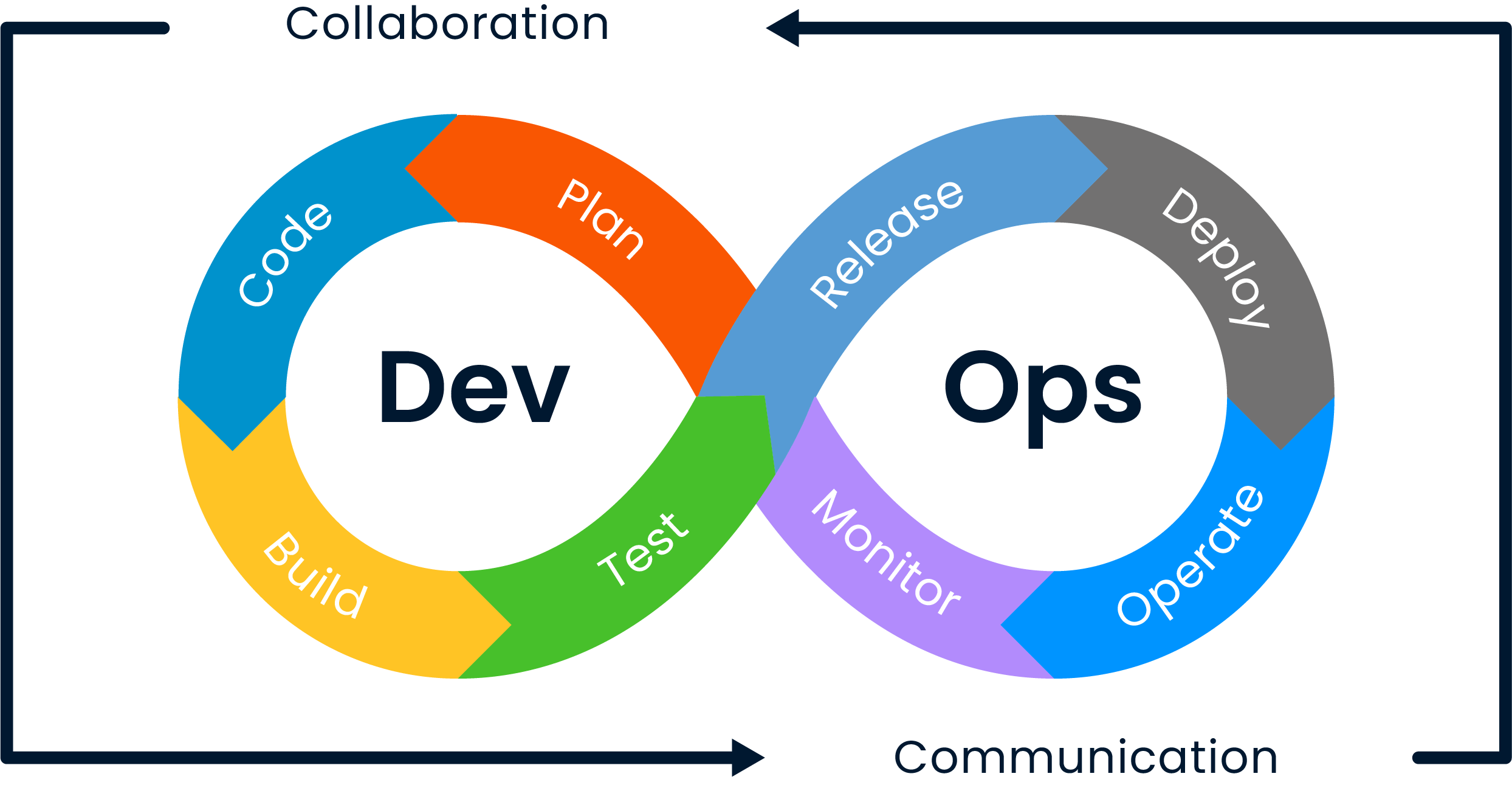
Today, many software teams are struggling with delays and operational disruptions in getting developed code live quickly. Traditional models where developers and IT operations teams work in silos make collaboration difficult and create a disconnect in processes. There is an approach that comes into play at this point! DevOps, or Development – Operations.
So what is DevOps? DevOps is an approach that integrates software development and IT operations, increases communication and collaboration, and makes software delivery processes faster, more reliable and automated.
DevOps makes the software lifecycle more agile and reliable by combining development and integration processes with automation, continuous delivery (CD) and open communication. By removing barriers between developers and operations teams, it transforms not only the technology but also the team culture. This results in faster release times, fewer bugs and higher customer satisfaction.
How the Devops Lifecycle Benefits IT Teams
The answer to the question of what DevOps is is not just a definition, but an end-to-end transformation journey that removes the barriers between software development and IT operations. Working in collaboration with development and operations teams, this approach responds directly to the needs of today’s IT infrastructure by focusing on speed, quality and agility.
The DevOps lifecycle, which is at the heart of DevOps, clearly shows how this approach is applied and what kind of benefits it offers. This cycle, which consists of eight phases, can be listed as follows.

Before starting a new project, teams collect and evaluate ideas and align them with strategic objectives. Needs are identified through workshops and brainstorming.
Using Agile methodologies, work is broken down into smaller pieces. This phase ensures that the development process is more manageable and fast-paced.
The coding process begins. Developers work on the code with tools like Git and save the changes made. Team members can work on different tasks at the same time, and these codes are then combined into a single structure.
During the planning and development phases of the DevOps lifecycle, Cheetah Low-Code Development Platform tools allow teams to quickly turn their ideas into prototypes and make their development process more agile. In addition, the platform’s integration and automation features support continuous integration and deployment processes, enabling code changes to be quickly and securely pushed to the live environment.
Written code is integrated into a common repository at regular intervals. Through automated testing, the quality of the code is checked and bugs are caught early.
With continuous deployment (CD), code that passes the tests is automatically transferred to the production environment. This ensures that new features reach users quickly and safely.
All IT infrastructure required for stable operation of the software in the live environment is managed. Configuration, system maintenance and support processes are carried out at this stage.
Metrics such as performance, security and availability are monitored. Problems are quickly detected and adressed. Monitoring tools provide system visibility. All monitoring tools used or planned to be used within the organization can be integrated with Cheetah!
Use SolarWinds Monitoring Solutions with ODYA Technology Assurance!
Data from users and systems are evaluated. This identifies opportunities for improvement for future releases and strengthens the decision-making process of the teams.
DevOps tools that support the DevOps lifecycle, with 2 main frameworks such as all in one or open toolchain, contribute to more efficient teams and effective management of IT processes by automating workflows. Organizations can choose to move forward on a single platform using an integrated toolset or gain flexibility by integrating different systems with an open toolchain.
If you are wondering why it is critical for your business to manage IT processes effectively, read ‘’What is IT Process Management? Why is it critical for your business?“ we recommend you to take a look at our blog post!


